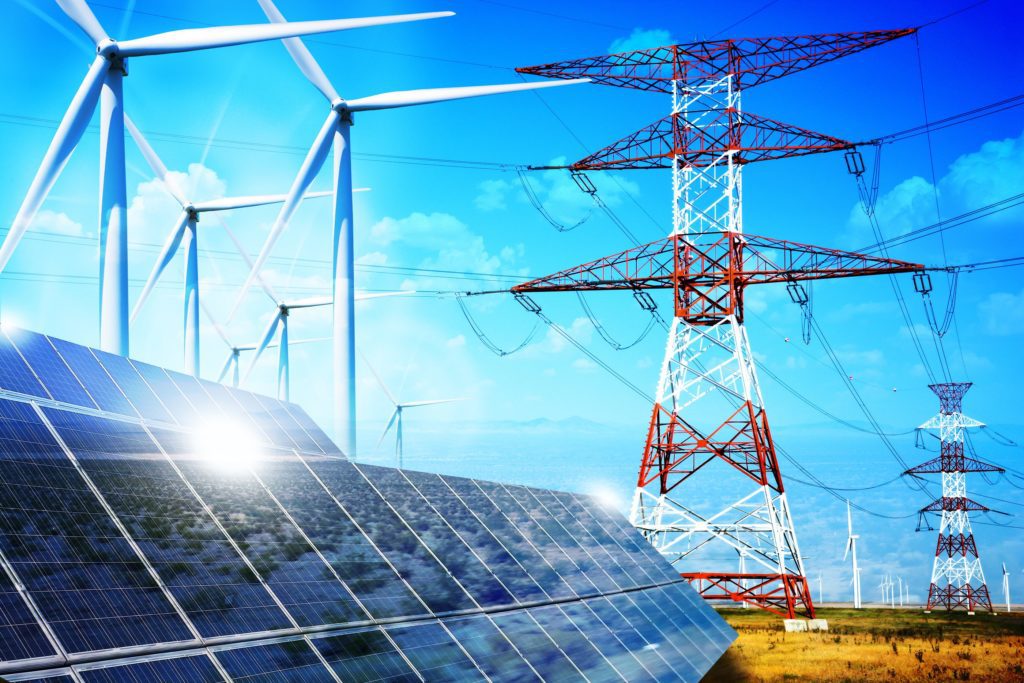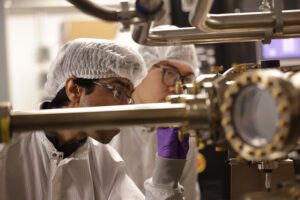The sensors will provide real-time data for smart decision-making by allowing the natural environment and the built environment to communicate seamlessly.


The sensors will provide real-time data for smart decision-making by allowing the natural environment and the built environment to communicate seamlessly.

The Global Hydrogen Production Technologies (HyPT) Center seeks to create a viable pathway to decarbonize energy-intensive industries such as ammonia, steel, cement, aluminum, transportation, and more.

Led by Prof. Johanna Mathieu, the project utilizes strategic control of air conditioners to improve the overall efficiency and reliability of the power grid.

A new fabrication process greatly improves the reliability of highly-efficient semi-transparent solar cells, which can be applied to windows to generate solar power.

With next gen solar cell technology, Prof. Zetian Mi leads a DoE project to develop high efficiency, low cost, and ultrastable production of green hydrogen fuels directly from sunlight and water.

Testing Semi-Transparent Solar Cell Technology at U-M’s Campus Farm.

Mathieu is a national leader on research to reduce the environmental impact, cost, and inefficiency of electric power systems.

PhD students Joshua Brooks, Xavier Farrell, and Madeline Miller are part of an NSF Smart and Connected Communities project that partners with local Detroit organizations to reduce household energy insecurity.

Navid is exploiting III-Nitride nanostructures for artificial photosynthesis and next generation nanoscale optoelectronics.

Navid’s research is focused on artificial photosynthesis and optoelectronics using III-Nitride based semiconductor materials.